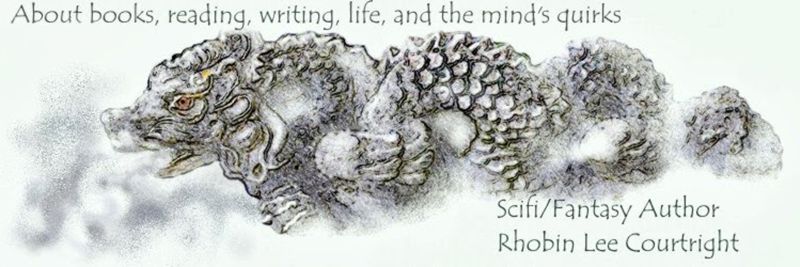People love symbols. We are influenced by symbols, and perhaps our intelligence is based on our lexicon of symbols.
So if you wonder about why I'm interested in symbols and symbolism, that's the answer. Anthropologists, art historians, historians, linguists, and psychologists study symbols, trying to find answers to many questions about humans since we seem to be the only species that uses symbols.
Rosie Weetch, the curator at the British Museum, recently did an article for Slate Magazine (6/4/2014) on Secret Codes Embedded in Ancient Artifacts. She studies the symbols on artifacts found at Sutton Hoo, an early Middle-ages Anglo Saxon site in Suffolk, England, which are often ambiguous, and tries to determine the meaning. This shows symbols have always been important to humans. Our use of symbols may go back as far as Paleolithic man. Name a country, religion, organization, school, ancient society, and you will discover they use, or used symbols. A few samples are included:
Symbols of the United States
Symbols of England
Symbols of France
Adrinka symbols from Ghana, West Africa

Native American symbols
While these symbols are often important, some are open to interpretation and misinterpretation. Stereotypes are often a misuse of symbolism. Minds, while similar, being what they are, often interpret symbols differently. Then too, some symbols due to the nature of imagery can share the same iconography but have vastly different meanings. It's what makes symbols so interesting.

No comments:
Post a Comment